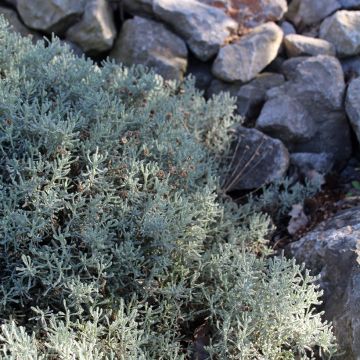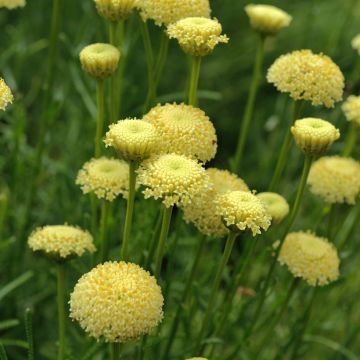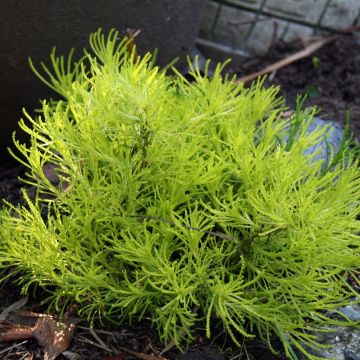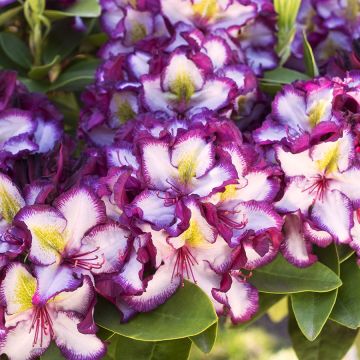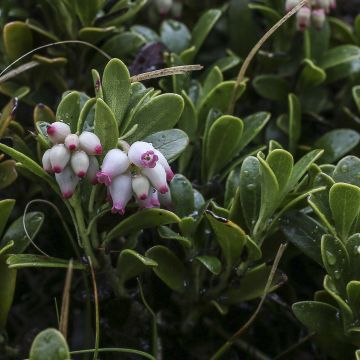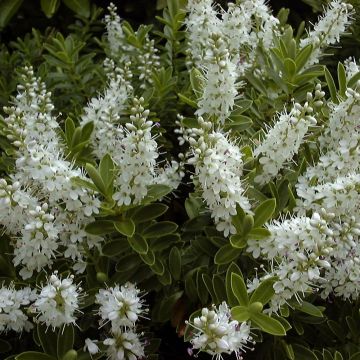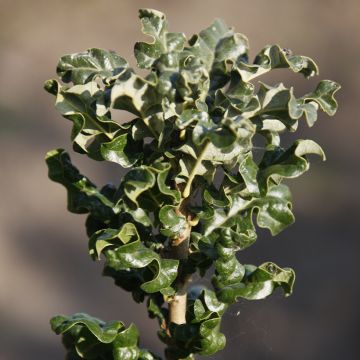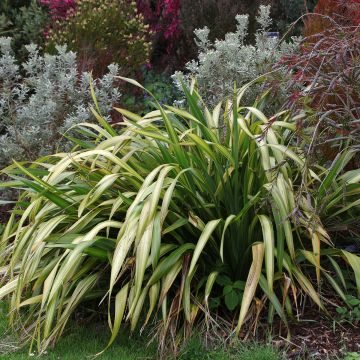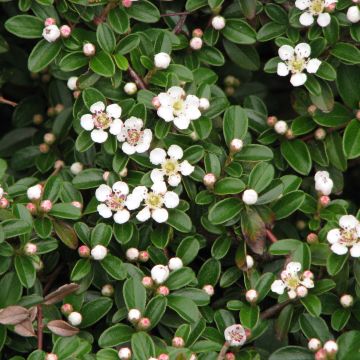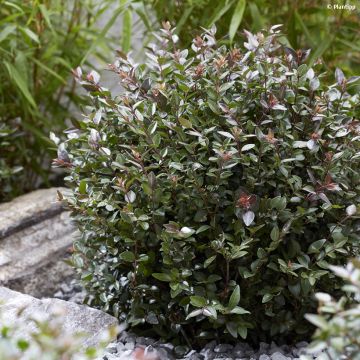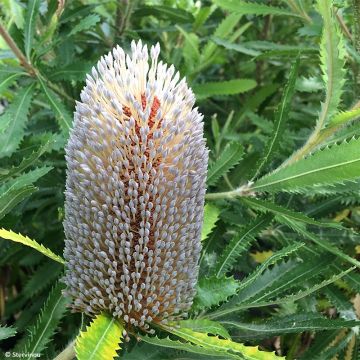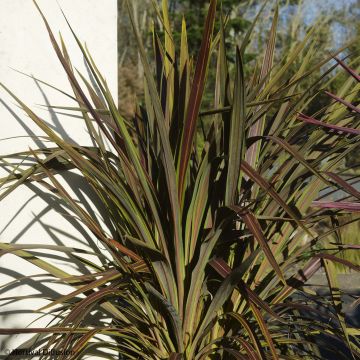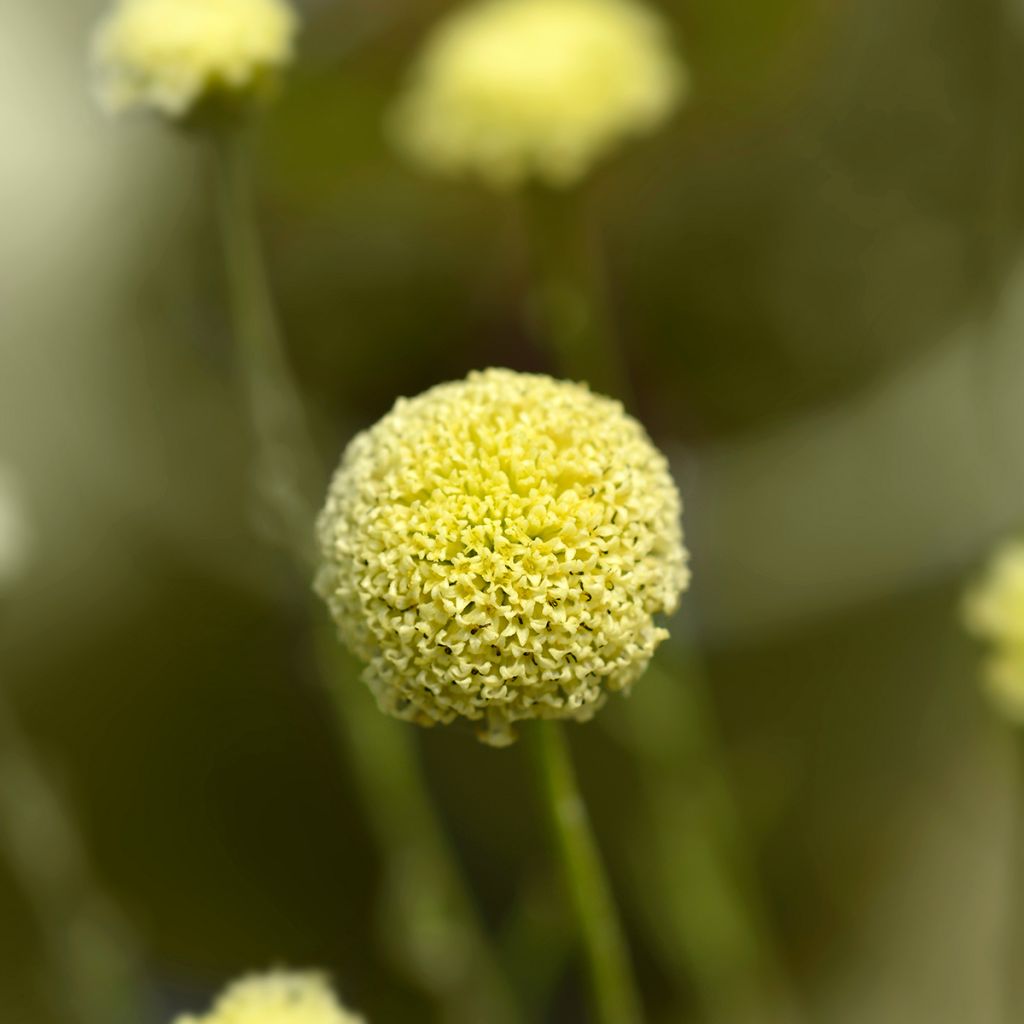

Santolina rosmarinifolia - Santoline à feuilles de romarin
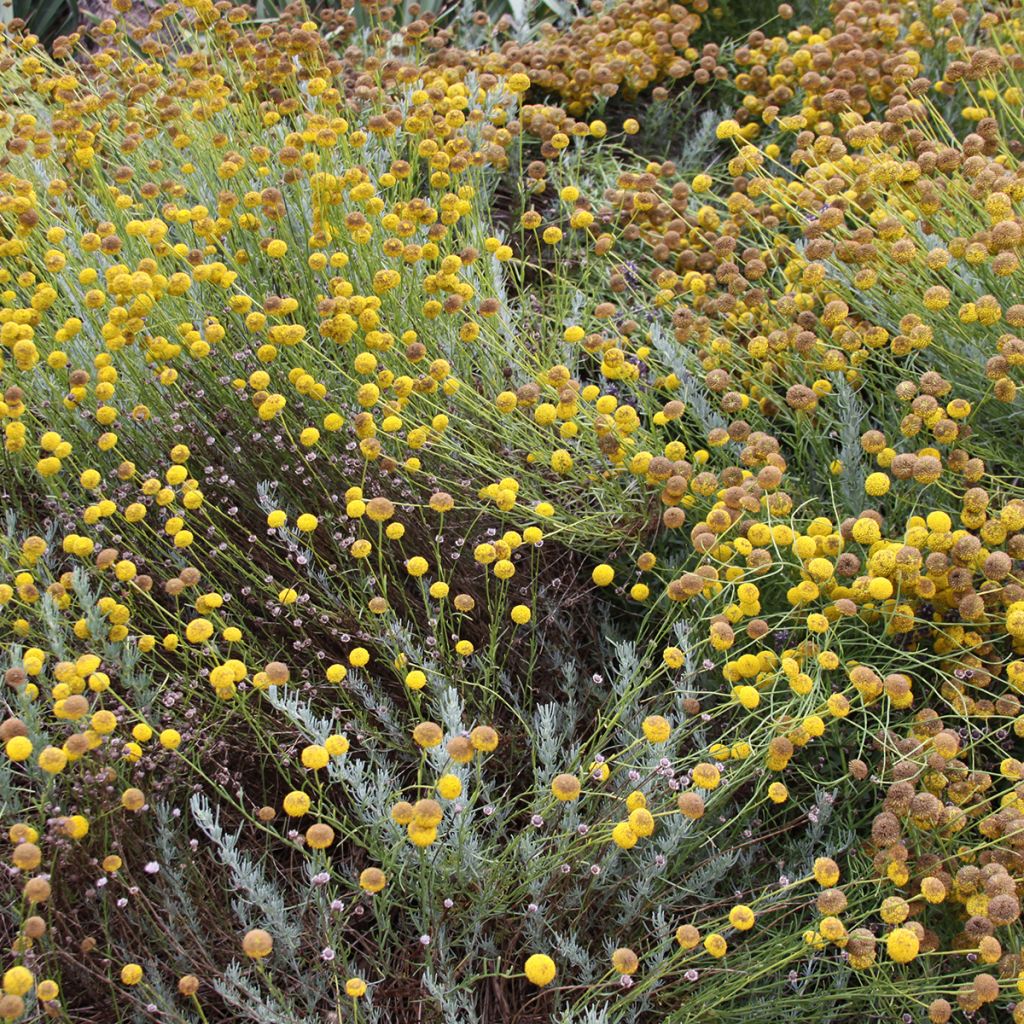

Santolina rosmarinifolia - Santoline à feuilles de romarin
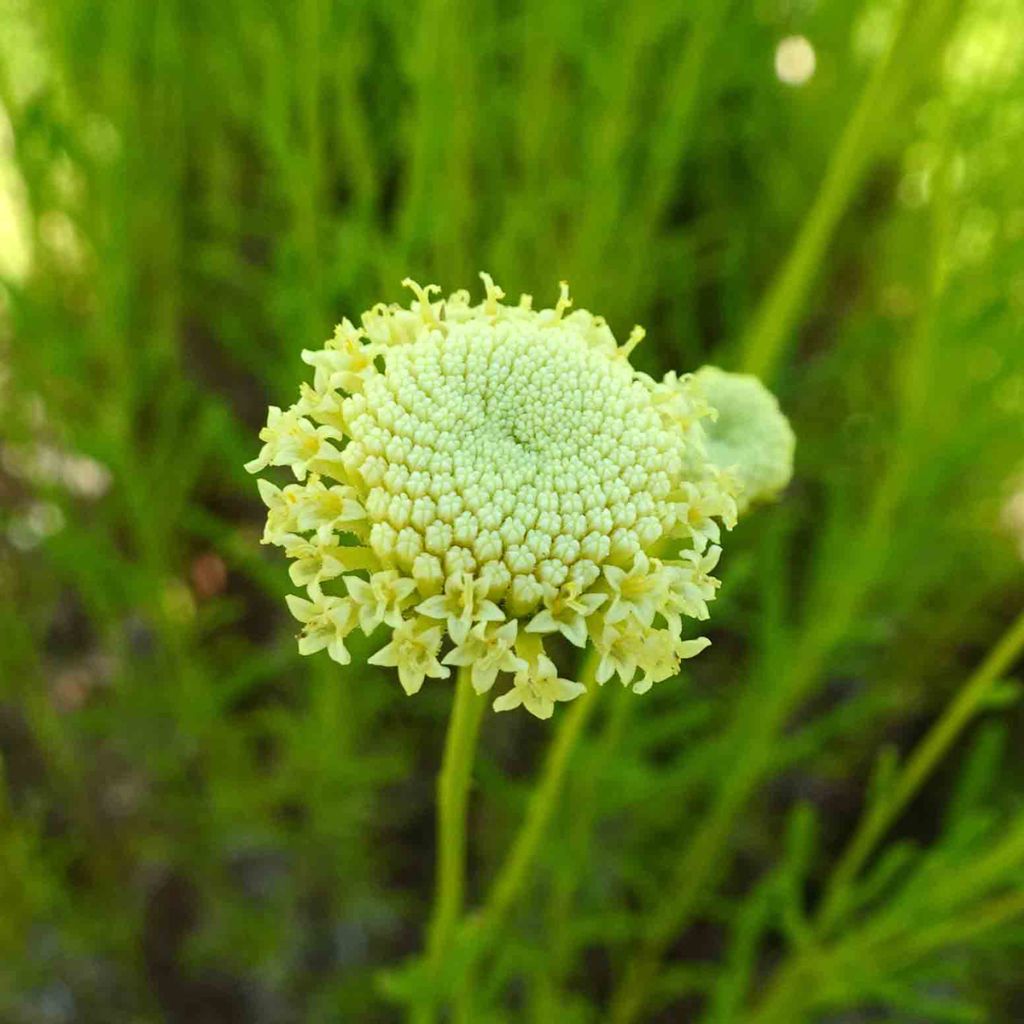

Santolina rosmarinifolia - Santoline à feuilles de romarin
Santolina rosmarinifolia
Santolina rosmarinifolia
Green Cotton Lavender
Why not try an alternative variety in stock?
View all →This plant carries a 24 months recovery warranty
More information
We guarantee the quality of our plants for a full growing cycle, and will replace at our expense any plant that fails to recover under normal climatic and planting conditions.
From €5.90 for pickup delivery and €6.90 for home delivery
Express home delivery from €8.90.
Delivery to Corse prohibited: UE law prohibits the import of this plant from mainland France to Corse as part of the fight against Xylella fastidiosa. Please accept our sincere apologies.
More information
Does this plant fit my garden?
Set up your Plantfit profile →
Description
Santolina rosmarinifolia is an interesting botanical Santolina, which forms a beautiful dense cushion ornamental throughout the seasons and well adapted to dry conditions. This shrub naturally forms a low dome, slightly wider than it is tall, with thin leaves of a beautiful bluish-green. This natural ground cover is covered in summer with an abundant flowering of small yellow pompoms, highlighted by the glaucous foliage. This persistent and hardy Mediterranean shrub is adapted to drought and rocky soils, it tolerates pruning well and can handle limestone. It only dislikes excess water and extremely cold temperatures and is perfect in a natural garden as well as in a contemporary environment.
Santolina rosmarinifolia is an undershrub native to Spain, Portugal, and southern France. This woody perennial belongs to the Asteraceae family (formerly Composites), the second most important after Orchids, with more than 1600 genera and 23000 species!
Sometimes wrongly confused with Santolina viridis, it can be distinguished by its bluish-green foliage, sometimes even greyish, rather than bright green. It forms a rounded, more or less regular clump, 50 cm (20in) in height and 60 cm (24in) in width, occasionally more, depending on the growing conditions and soil. Its dense vegetation consists of woody and erect stems, covered with fine, persistent foliage, fragrant when crushed. The small linear leaves, alternately arranged on the greyish stems, are not toothed, unlike other similar species, and evoke those of Rosemary. The inflorescences form in June and July, and stand above the mass of foliage. They are small round and bulging heads measuring 1 to 1.5 cm (1in) in diameter, reminiscent of small golden buttons. It is advisable to prune the plant after flowering to maintain a compact habit and prevent it from opening in an unsightly manner.
Due to its botanical origin, this plant has inherited a very good resistance to drought and sunlight. It also tolerates limestone very well, requiring well-drained soil, which can be stony, sandy, and poor. Although it comes from the south, it has a decent hardiness, down to -12°C (10.4°F) or even -15°C in good conditions. It will easily withstand heatwaves while tolerating average winters.
A beautiful undershrub for rock gardens and poor soils, the Santolina with rosemary-like leaves perfectly meets the changing habits of gardeners, who are aware that water has become scarcer and more unpredictable in summer in many regions. A low-maintenance plant, it will find a place in contemporary gardens, where its sculptural shape will be appreciated, as well as in rockeries and natural gardens. It will be easy to create a Mediterranean scene in more northern areas by associating it with other plants that share the same qualities. Cistus corbariensis, with its pretty simple white flowers and rough dark green foliage, Corsican Spurge (Euphorbia myrsinites), which thrives in the sun with a range of chartreuse and golden green, and Acanthus mollis, whose foliage shape has inspired acanthus leaves in architecture, are all southern plants that will add character to your flower bed.
Properties: Santolinas have worming and insecticidal properties. Like Lavenders, they were once used to repel moths in closets.
Report an error about the product description
Plant habit
Flowering
Foliage
Botanical data
Santolina
rosmarinifolia
Asteraceae
Green Cotton Lavender
Mediterranean
Other Santoline - Lavender Cotton
Planting and care
Santolina rosmarinifolia requires a perfectly drained, stony or sandy, poor, even limestone soil. Plant it after the last frost in the north, and in September-October in a hot and dry climate. It cannot thrive without sunlight, and likes to have warm roots. When planted in overly rich soil, it becomes limp and lacks rigidity. In poor and well-drained soil, it is hardy down to -12/-15°C (10.4/5°F) and will live longer. Plant it in a raised bed, enriched with gravel, in a rockery, in full sun against a south-facing wall, in a stony or sandy slope, or any substrate that does not retain moisture which would be fatal for it in winter or summer which is its vegetative resting period. The combination of heat and humidity can lead to the development of a fungus that attacks the collar of the plant and will cause its death as much as a Siberian cold. It is essential to prune the stems after flowering to maintain a compact shape.
Planting period
Intended location
Care
This item has not been reviewed yet - be the first to leave a review about it.
Evergreen shrubs
Haven't found what you were looking for?
Hardiness is the lowest winter temperature a plant can endure without suffering serious damage or even dying. However, hardiness is affected by location (a sheltered area, such as a patio), protection (winter cover) and soil type (hardiness is improved by well-drained soil).

Photo Sharing Terms & Conditions
In order to encourage gardeners to interact and share their experiences, Promesse de fleurs offers various media enabling content to be uploaded onto its Site - in particular via the ‘Photo sharing’ module.
The User agrees to refrain from:
- Posting any content that is illegal, prejudicial, insulting, racist, inciteful to hatred, revisionist, contrary to public decency, that infringes on privacy or on the privacy rights of third parties, in particular the publicity rights of persons and goods, intellectual property rights, or the right to privacy.
- Submitting content on behalf of a third party;
- Impersonate the identity of a third party and/or publish any personal information about a third party;
In general, the User undertakes to refrain from any unethical behaviour.
All Content (in particular text, comments, files, images, photos, videos, creative works, etc.), which may be subject to property or intellectual property rights, image or other private rights, shall remain the property of the User, subject to the limited rights granted by the terms of the licence granted by Promesse de fleurs as stated below. Users are at liberty to publish or not to publish such Content on the Site, notably via the ‘Photo Sharing’ facility, and accept that this Content shall be made public and freely accessible, notably on the Internet.
Users further acknowledge, undertake to have ,and guarantee that they hold all necessary rights and permissions to publish such material on the Site, in particular with regard to the legislation in force pertaining to any privacy, property, intellectual property, image, or contractual rights, or rights of any other nature. By publishing such Content on the Site, Users acknowledge accepting full liability as publishers of the Content within the meaning of the law, and grant Promesse de fleurs, free of charge, an inclusive, worldwide licence for the said Content for the entire duration of its publication, including all reproduction, representation, up/downloading, displaying, performing, transmission, and storage rights.
Users also grant permission for their name to be linked to the Content and accept that this link may not always be made available.
By engaging in posting material, Users consent to their Content becoming automatically accessible on the Internet, in particular on other sites and/or blogs and/or web pages of the Promesse de fleurs site, including in particular social pages and the Promesse de fleurs catalogue.
Users may secure the removal of entrusted content free of charge by issuing a simple request via our contact form.
The flowering period indicated on our website applies to countries and regions located in USDA zone 8 (France, the United Kingdom, Ireland, the Netherlands, etc.)
It will vary according to where you live:
- In zones 9 to 10 (Italy, Spain, Greece, etc.), flowering will occur about 2 to 4 weeks earlier.
- In zones 6 to 7 (Germany, Poland, Slovenia, and lower mountainous regions), flowering will be delayed by 2 to 3 weeks.
- In zone 5 (Central Europe, Scandinavia), blooming will be delayed by 3 to 5 weeks.
In temperate climates, pruning of spring-flowering shrubs (forsythia, spireas, etc.) should be done just after flowering.
Pruning of summer-flowering shrubs (Indian Lilac, Perovskia, etc.) can be done in winter or spring.
In cold regions as well as with frost-sensitive plants, avoid pruning too early when severe frosts may still occur.
The planting period indicated on our website applies to countries and regions located in USDA zone 8 (France, United Kingdom, Ireland, Netherlands).
It will vary according to where you live:
- In Mediterranean zones (Marseille, Madrid, Milan, etc.), autumn and winter are the best planting periods.
- In continental zones (Strasbourg, Munich, Vienna, etc.), delay planting by 2 to 3 weeks in spring and bring it forward by 2 to 4 weeks in autumn.
- In mountainous regions (the Alps, Pyrenees, Carpathians, etc.), it is best to plant in late spring (May-June) or late summer (August-September).
The harvesting period indicated on our website applies to countries and regions in USDA zone 8 (France, England, Ireland, the Netherlands).
In colder areas (Scandinavia, Poland, Austria...) fruit and vegetable harvests are likely to be delayed by 3-4 weeks.
In warmer areas (Italy, Spain, Greece, etc.), harvesting will probably take place earlier, depending on weather conditions.
The sowing periods indicated on our website apply to countries and regions within USDA Zone 8 (France, UK, Ireland, Netherlands).
In colder areas (Scandinavia, Poland, Austria...), delay any outdoor sowing by 3-4 weeks, or sow under glass.
In warmer climes (Italy, Spain, Greece, etc.), bring outdoor sowing forward by a few weeks.

































